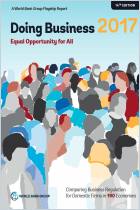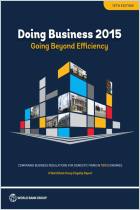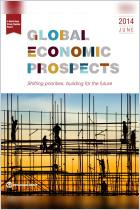Melden Sie sich bei getAbstract an, um die Zusammenfassung zu erhalten.

Melden Sie sich bei getAbstract an, um die Zusammenfassung zu erhalten.
World Bank Group
Digital Dividends
World Development Report 2016
World Bank, 2016
Was ist drin?
Digital technologies are changing the world, but the digital divide among people is still a barrier.
Recommendation
The digital age has transformed the world and changed the daily lives of individuals around the globe. But while 5.2 billion people today have mobile phones, 4 billion still have no Internet access. This enlightening report from the World Bank Group provides a comprehensive overview of what governments need to do in providing certain “analog complements” that would enhance existing technology, so that everyone on the planet can reap the benefits of Internet connectivity. The study offers many real-world examples and uses startling statistics to tell a compelling story, which getAbstract recommends to policy makers, investors and business executives.
Summary
About the Author
The World Bank provides financial and technical assistance to developing countries.
































Comment on this summary